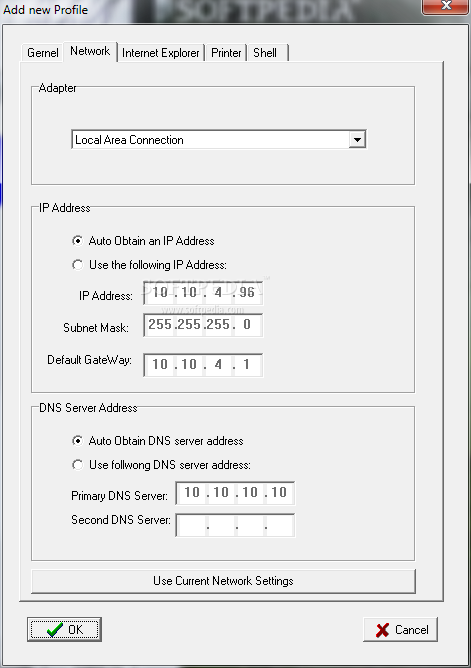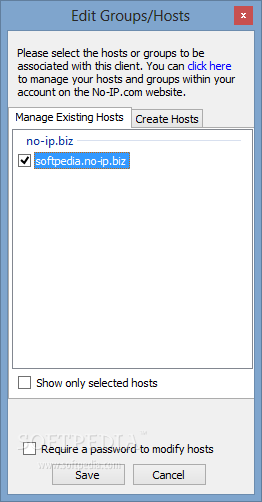You will be able to install No-IP’s Dynamic Update Client on Raspberry Pi in just a few minutes using Terminal. Installing the service is simple to do, and requires little knowledge of Linux.
You will need to create a directory for the client software to be installed.

Open Terminal and type the following. After each entry press “Enter“.
This video will show how to configure DDNS settings for No-IP in different DDNS devices like routers, DVRs, and NAS devices. Configuring these settings prope. Download No-IP DUC - Provides you with an easy to remember name instead of long hard to remember IP address, so that your friends or your customers can easily find your PC on the web. No-IP DUC is a File Transfer and Networking application like Directory List, FrostWire, and Vuze from Vitalwerks Internet Solutions. It has a simple and basic user interface, and most importantly, it is free to download. No-IP DUC is an efficient software that is recommended by many Windows PC users.
| mkdir /home/pi/noip |
| cd /home/pi/noip |
After creating the folders for the DUC it is time to download the software.
Within the Terminal window type the following. After each entry you will press “Enter”.
| wget https://www.noip.com/client/linux/noip-duc-linux.tar.gz |
| tar vzxf noip-duc-linux.tar.gz |
Next navigate to the directory you created to locate the downloaded files.

| cd noip-2.1.9-1 |
No Ip Download Exe

Now install the program.
No-ip Duc Windows
| sudo make |

| sudo make install |
After typing “sudo make install” you will be prompted to login with your No-IP account username and password.
After logging into the DUC answer the questions to proceed. When asked how often you want the update to happen you must choose 5 or more. The interval is listed in minutes, if you choose 5 the update interval will be 5 minutes. If you choose 30 the interval will be 30 minutes.
| sudo /usr/local/bin/noip2 |
To confirm that the service is working properly you can run the following command.
| sudo noip2 -S (Capital “S”) |
